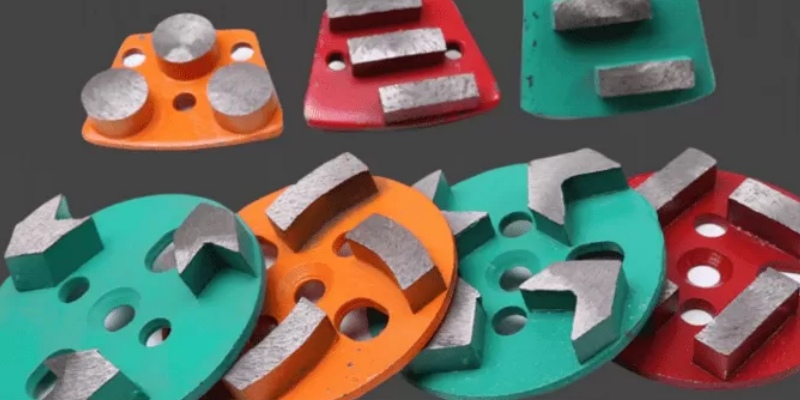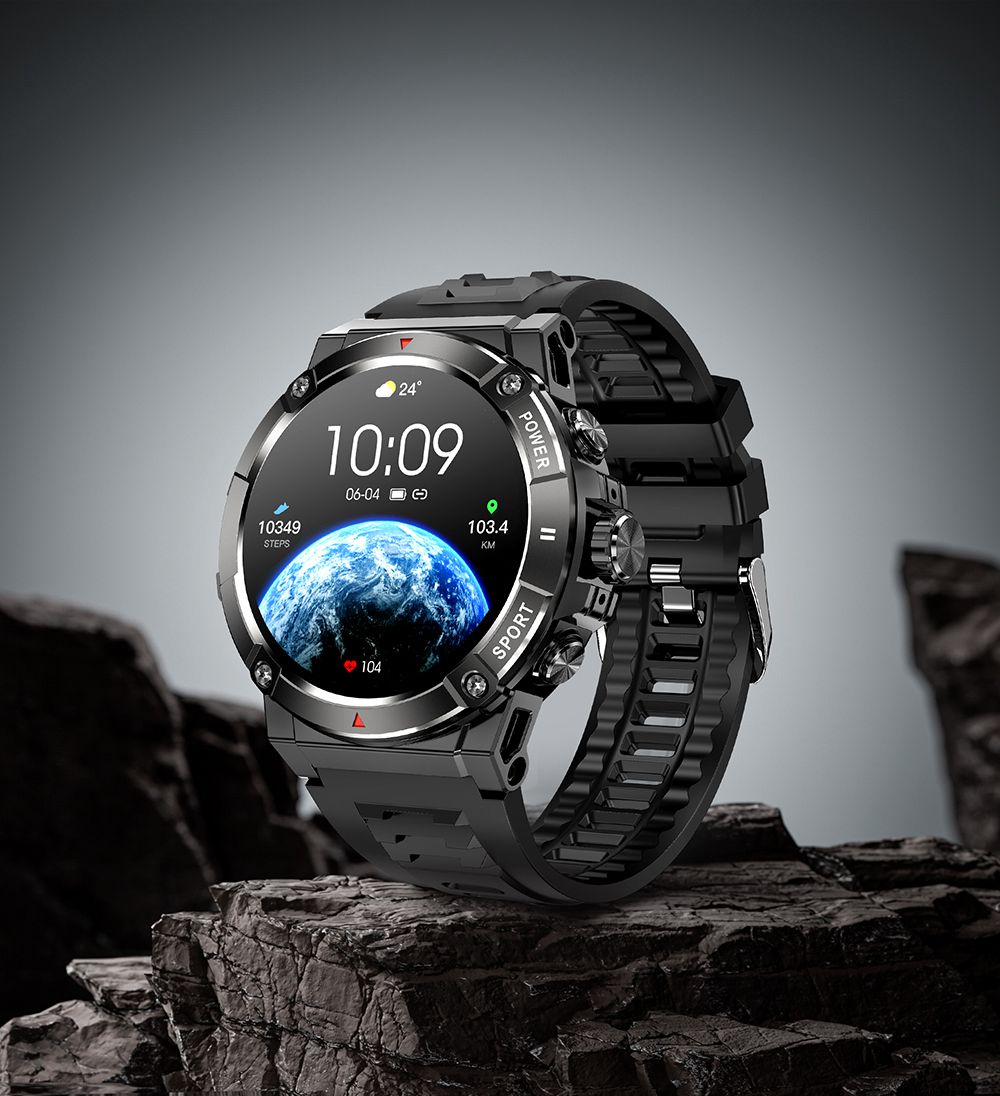An in-depth analysis of SFP vs. SFP28 key differences in high-speed network connections
SFP28 and SFP are two optical module interface standards. They differ in data transmission rate, application scenarios, physical interface specifications, etc.
The difference between SFP and SFP28
Data transfer rate:
SFP (Small Form-factor Pluggable): Typically used for 1Gbps (Gigabit Ethernet) and Fiber Channel speeds up to 4Gbps.
SFP28: Designed for 25Gbps Ethernet, supporting data transfer rates up to 25Gbps. SFP28 is an upgraded version of SFP+, which supports 10Gbps rate.
Application scenarios:
SFP: Mainly used for 1Gbps Ethernet applications, such as Gigabit Ethernet, Fiber Channel (Fibre Channel), etc.
SFP28: Mainly used for 25Gbps Ethernet applications, such as high-speed network connections in data centers and high-speed interconnections between servers. As the need for higher bandwidth increases, SFP28 is becoming the standard interface in data centers and cloud computing environments.
Physical interface:
SFP: Small physical form factor, compliant with MSA (Multi-Source Agreement) standards.
SFP28: Identical to SFP and SFP+ in physical dimensions, but differs in electrical performance as it supports higher rates. SFP28's electrical interface design and signal integrity optimization can support higher data transfer rates.
compatibility:
SFP: Can be inserted into the device slot that supports SFP, and is usually backward compatible and supports lower speed modules (such as 100Mbps).
SFP28: It can be inserted into the SFP+ slot and supports a transmission rate of 25Gbps, but the SFP28 module is usually not backward compatible with low-rate (such as 1Gbps) SFP devices.
Power consumption:
SFP: Due to the lower speed, the power consumption is usually lower.
SFP28: In order to support higher rates, the power consumption is slightly higher than traditional SFP, but still maintained at a low level to adapt to high-density deployment requirements.
The main difference between SFP and SFP28 is the supported data transmission rate and application scenarios. SFP is mainly used for 1Gbps network connections, while SFP28 is designed to meet high-speed network needs and supports transmission rates up to 25Gbps. Although they are the same in physical size, SFP28 is more advanced in electrical performance and speed support, making it suitable for modern data centers and high-speed network environments.

























